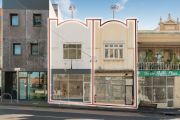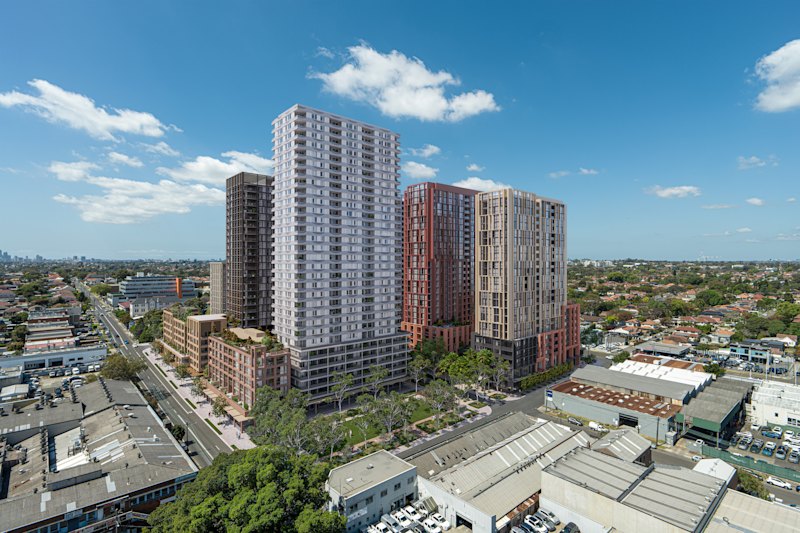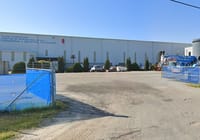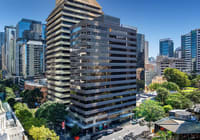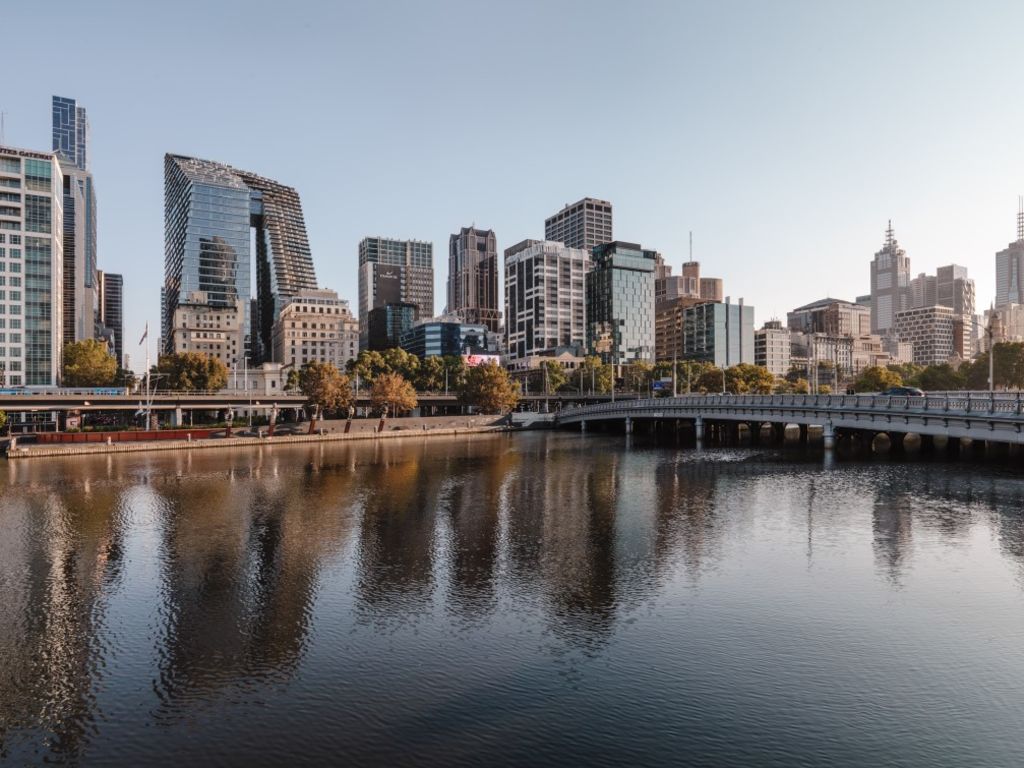
Office design going through a sea change
The demise of the office is an “overcooked” premise, says Colliers Office Leasing national director Cameron Williams.
According to Williams, Colliers is coming off the back of the strongest quarter it has had for some time in Sydney as a lot of organisations look to entice people back into the office.
“There’s been a huge interest in office space in recent months and a lot of that interest is for core CBD offerings,” he says.
“Decentralising is not a major trend, companies are looking to centralise and there is strong demand for quality premises in quality locations such as Sydney’s CBD and North Sydney, for example.
“Businesses are back in a growth mindset and they want people in the office. Put bluntly, organisations are made up of people who need social interaction and collaboration and that’s the way you get the best out of people,” Williams says.
While the big full-time work-from-home trend looks more like a reaction to the pandemic than something long-term, there has been an enduring change in how we work and the way we use offices.
For Williams, some of the narrative spun around the new way of work can be attributed to organisations using the pandemic as cover to dump space as they looked to “right-size” their workforces while going through structural change.
As to longer-term trends, he suggests we’re not going to see less space being used, but we’ll change the way we use that space which will translate into “subtle changes to office design”.
Lendlease Property chief executive Kylie Rampa says we’ll see a big shift towards places with purpose.
“Workplace designs will continue to evolve as people work away from the office more regularly, and this will bring a laser-like focus to the purpose of the office,” Rampa says.
“People have, by and large, missed place not space. They have missed the collisions, interaction, engagement and sense of collective effort.
“Our strategy is to continue to deliver place and experience-led design, and to continue to quantify the value of these factors for our customers.”
Rampa says organisations need to provide workplace environments for employees that “earn their commute”.
She says businesses are increasingly “seeking high-quality environments to align with their culture and brand, and to attract and retain talent. This is likely to create a divergence in performance between best-in-class portfolios, and generic and increasingly obsolete stock”.
A case in point is Lendlease’s current development at 180 George Street in Sydney. Although Salesforce will be the anchor tenant, Lendlease says it will also encompass “a collection of new urban laneways hosting retail, dining, and the first major public square on George Street in decades”.
Moreover, half of the Sydney Place site, “which was once taken up almost entirely by office blocks, will be returned to the people of Sydney”.
Cities being ‘humanised’
Developments such as Sydney Place are part of what NSW Chief Data Scientist Ian Opperman says is a trend towards humanising cities more.
He says we’re seeing a slowing of the remote working trend but what the pandemic did was show us we can do it and “things don’t break”.
Right now the NSW Government is focused on revitalising Sydney’s CBD and a number of government departments are mandating the number of days people spend in the office.
Opperman says the developing view is that a three-day week in the office and two days at home is close to the optimum level for ensuring people collaborate and remain productive.
This is backed up by recent research undertaken by the NSW Innovation and Productivity Council. The research, employing a combination of tools – data from artificial intelligence platform Faethm, and a survey of 1500 NSW remote workers – found if done in a balanced way, remote working can actually strengthen the NSW economy and improve lives.
The study found only 5 per cent of us can perform all of our tasks remotely but nearly 50 per cent of the population can work remotely for at least two days a week.
According to the Council, Sydney’s CBD will remain the state’s employment hub, but offices could be reborn as spaces for collaboration and innovation.
Rampa agrees and says that if you want to drive culture, you need an office.
“The workplace of the future is likely to be more of a ‘clubhouse for culture’, focusing on fostering connections and the embedment of purpose and values. It will be a place to engage with leaders to understand strategy and priorities and to learn, share and socialise with colleagues – and get some sanctuary too,” she says.
And as offices evolve, Williams says the challenge for organisations might be managing populations in the office as their people work more flexibly. He suggests working from home two days might logically see people use Mondays and Fridays as those days, which would make things more difficult mid-week.
Another challenge is managing the demographics of remote work. While young people might be happy to leave their city apartments for the office, more senior employees living in comfortable homes might not be so keen to return to the office, especially in service industries like such as law and finance.
Getting senior people back might mean having to incentivise them more to come into the office and Williams suggests there’s “potential for an increased demand for parking spaces”, for example, as they commute from regional boltholes.
As for more city-dwellers escaping the city to live in regional hubs and work remotely, Williams says he’s not seeing it.
“The hub and spoke idea is not playing out at all. What we’re seeing outside of the CBD is a market for quality regional office space delivered through flexible workspace providers as opposed to larger organisations downsizing their CBD operations,” he says.
Conversely, Rampa says Lendlease expects a number of businesses to use a combination of central hub and work from home models, and others to seek to reduce commute times through utilising regional space through a hub and spoke type model.
“There’s no denying the effects of the pandemic have changed the way we work. The stigma on workplace flexibility may have been permanently removed, and we do expect the office sector to evolve to accommodate that shift.
“While technology and flexibility adoption has clearly accelerated, the office remains on a long-term evolutionary path,” Rampa says.

